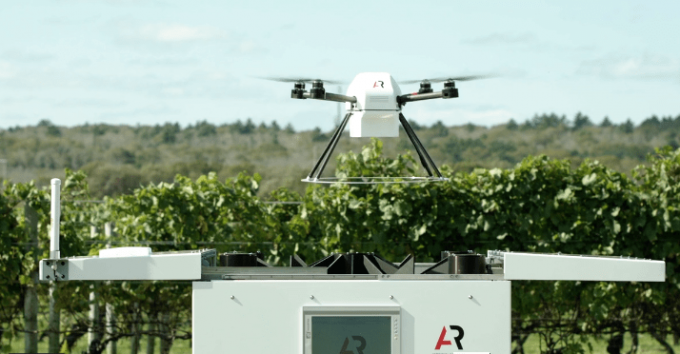Italy seizes $51m from Rhenus, investigates FedEx, Amazon, GLS & DHL in labour supply probe
Reuters reports that Italian tax police have seized €43.5m ($51m) from the local unit of ...

The US Federal Aviation Administration (FAA) is in a high gear to make commercial drone operations a reality.
Shortly after publishing pivotal new rules for the sector, the administration has allowed a Massachusetts-based company to conduct beyond-line-of-sight operations – a move regarded as critical for the ...

Comment on this article